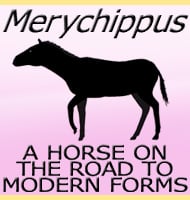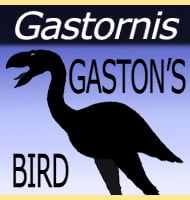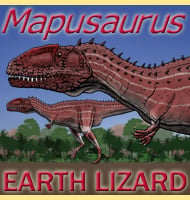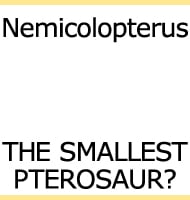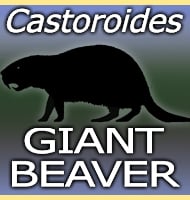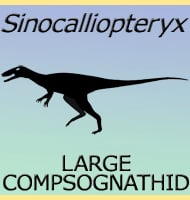In Depth
For a long time Helveticosaurus was thought to be one of the placodonts, specialist marine reptiles that lived in the Triassic seas that fed upon shellfish. However further analysis has revealed that only the vertebra of Helveticosaurus are similar to the placodonts, which has led to Helveticosaurus being re-classed as a diapsid (two holes in the back of the skull, similar to lizards) and possibly an archosaur, reptiles that were the dominant land animals of the Triassic before the advent of the large dinosaurs.
Helveticosaurus however was adapted for an aquatic life, although with a body similar to the early unarmoured placodonts such as Paraplacodus and Placodus, it may not have spent all of its time in the water. Also like with these placodonts, Helveticosaurus is thought to have primarily swum with a laterally undulating (side to side) movement of the tail while using its legs to steer and change direction by pushing in the opposite direction that it wanted to turn. Perhaps the best examples of this style of swimming observable today are newts and marine iguanas.
The skull of Helveticosaurus was quite robust with short jaws, something that has caused confusion amongst some people as to why they would not be along the same proportions as other marine reptiles such as nothosaurs and pliosaurs, especially so when you consider that Helveticosaurus had caniform teeth. Usually however such an adaptation is seen in predators that need to focus bite force so that they can bite through hard and tough prey. This is a simple principal where the closer to the fulcrum (in an animal the point of jaw articulation) an object is, the greater the crushing force it is exposed to. This would see Helveticosaurus being capable of crushing the protective armour of shellfish like bivalves and crustaceans that would have thwarted predators with less powerful jaws. These kinds of prey would have also been the most suitable for Helveticosaurus as its swimming style meant that it was probably incapable of chasing after faster prey like fish.
Further Reading
– Die Triasfauna der Tessiner Kalkalpen. XVIII. Helveticosaurus zollingeri, n.g. n.sp. – Schweizerische Pal�ontologische Abhandlungen. 72: 3–50. – Bernhard Peyer – 1955.


